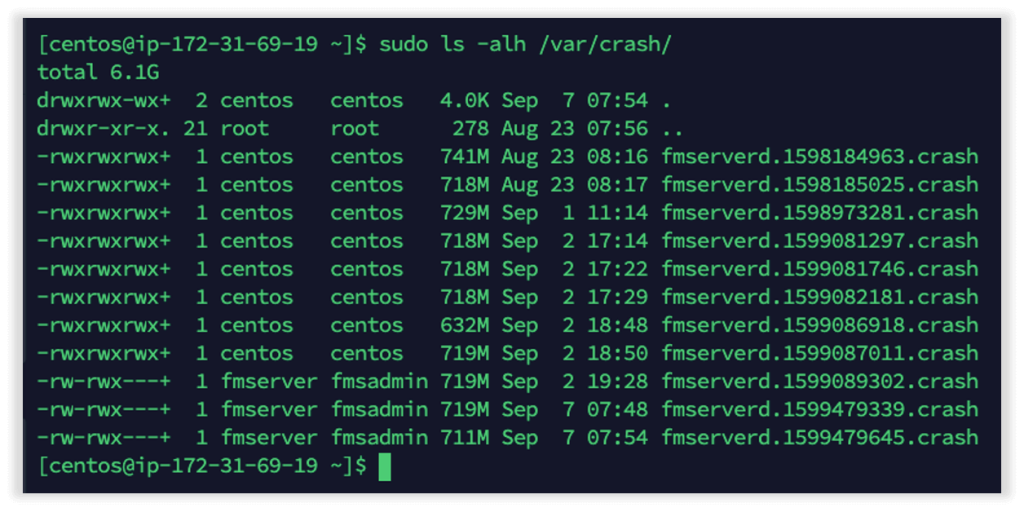
We created a new connection and specified the type as secure file transfer protocol (SFTP) with "azureuser" as the user name because we established the VM on Azure and that's our default choice.Īfter we've created a connection, we can open it by simply double-clicking the link from the list. In this case, we're using the cross-platform app Cyberduck. Now let's use our file transfer protocol (FTP) client of choice.

It's usually better to use the FQDN because most providers charge extra for a static IP address anyway. Otherwise, we can use the IP address we assigned to the VM. We could also use the fully qualified domain name (FQDN) that the certificate is issued to, i.e.,. If we have a custom SSL certificate installed on our server (which we should for both security and trouble-free operation), then we can use that address.

We have to find this because we won't know where to connect without it. The next thing we'll need is the address of the server. We might find that we have to change the permissions before we can use it by issuing the following command: Once we download the key, please place it in a safe place because we won't get a second chance to access it.one download is all we get. In most cases, we want to select the private key option because it's a very secure way to authenticate and encrypt the connection between us and the VM.

When we set up our first virtual machine (VM), our provider may have asked how we wanted to authenticate it. We'll be using an Azure-based cloud instance, but AWS and other providers will be similar. But first, we need to review some basics about cloud services before we get started. Well, it is not as hard as many may think. With the introduction of Claris's new Linux version of FileMaker Server and it's command-line based environment, many folks are wondering how to access their backups and other related files. You may have heard that Claris has introduced a version of FileMaker Server for Linux.


 0 kommentar(er)
0 kommentar(er)
